As photographers and creative people, at one time or another, we will probably find ourselves in a creative rut. That’s a very broad term and it can mean different things to different people. Perhaps you’re in a rut about what to photograph. Maybe you are not inspired by any particular subject or project. Or, you can’t find anything to say about your images on social media. Or, which is where I find myself today, you’re stuck in a post-processing creative rut.
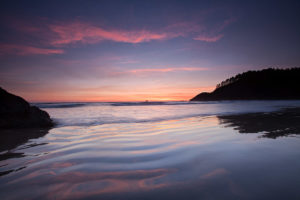
Over the years I’ve worked long and hard to learn how to post-process my images to get them where I like them. In fact, my learning hasn’t stopped as I’m a “continual learner”. What I realized recently is that yes I may be learning, but I’m learning how to achieve the same results in different ways. In essence, I’m ending up with the same style of images, just going about it differently. I guess that’s not a bad thing in general, but to me its starting to feel stale and its feeling like I need to break up the stale-ness a bit. Perhaps what I’ve settled on is “my style” and that’s good, but as a continual learner and someone who wants to see growth, it feels like it might be getting old. Part of that feeling is that I don’t experience the same level of excitement for processing images as I once did since I can predict precisely how it will turn out.
It used to be in the old days before I developed and mastered my own digital workflow, I wouldn’t know exactly how an image would turn out, so I had a sense of excitement to see how it would turn out….Back in the day I’d sometimes be limited by my technical ability to make things happen, not being able to make the ultra-specific edits I wanted so editing an image was a bit of a dance between what I wanted to do and what I knew or could do. Or, before I had such a clear vision on processing, I’d sometimes start the editing process without a clear vision of what I expected the final outcome to be and instead would “follow” what the image told me to do in the moment. I know that sounds weird, but sometimes what I wanted to do wasn’t in the best interest of the image (lighting or colors or whatever) and so I would let go of my preconceived ideas and just follow what “felt” right for the image.
These days though, the “mystery” of how it will end up has evaporated. Again, this isn’t a bad thing, in fact I think it’s a good thing and a sign of growth as a photographer. In the field, before I push the shutter button, I already know pretty well how I will process an image and how it will turn out. That’s part of my evaluation of a scene before I take an image….besides composition, I’m already thinking ahead to the darkroom and what can/can’t be possible. This helps me achieve more overall success and coming home with more keepers from my photo trips. I’m still extremely passionate about taking and processing images, it just feels different now and I’m in a little bit of a processing creative rut.
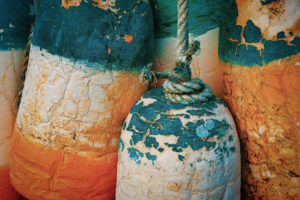
I’ve got a few ideas for myself to break out of this rut and I hope that you might explore some of these if you ever find yourself in a similar situation
Expand your Knowledge
One idea is to dive deeper in to how we as humans process visual information. One of the greatest books on this topic is Art and Visual Perception: A Psychology of the Creative Eye by Rudolf Arnheim. This is a masterful book that delves in to how humans perceive size, shape, color, weight, positioning of objects, and so on. It’s a clinical approach at times, but there is a wealth of information for any type of artist in understanding how we perceive the world around us. I have read this book a couple of times over the years and it has helped me both in composing more compelling images as well as shaped how I process my images to produce the effects and emotions that I’m striving for in my viewers. When I’m feeling a bit stuck, I may turn to this book and study a section and then try and incorporate some of the theories in to my processing.

Be a verbal artist
One of the things I ask my students to do during image reviews is to describe their images in words. What’s the subject, why did you shoot this, what is the story you want the viewer to come away with, what emotions do you hope to evoke with this, etc. Some folks struggle to put words to their images, which is ok, that’s not a skill they’ve developed yet. Other folks, as we talk through their images, discover that their verbal descriptions don’t really match the photograph. Perhaps they wanted a darker/moodier feel yet it was shot at mid-day (maybe a bad example). Or, they discover that what drew them to shoot the image didn’t really translate in the composition or execution, which will change how they process the image. As a photographer, I feel that we are visual storytellers with what we capture. For myself, I work on developing as robust a vocabulary as possible for my images so that I can be a verbal artist as well as a visual artist. Having a robust creative vocabulary helps you articulate to yourself, and others, what the image is about and why it’s important. These words can often guide how you think about composing a scene in the field as well as how you edit your images to achieve the narrative you have in your head. One other trick I have students practice is making a “visual inventory” of the image before they begin editing. How do you want it to end up and then what edits do you need to make to get there? This can help guide and focus efforts to achieve the best possible results for an image. And, by talking about it, I find that I might discover some hidden gem of inspiration in the image that will lead me to process it in a way to highlight that little gem and make it shine.
Use New Part of Existing Application
We all have photo editing applications…Do you know every slider/button/filter/widget in the application? No, I didn’t think so. I don’t either. One way I try to keep my work fresh and break out of a creative rut is to explore my expansive editing applications and try something new. Perhaps I’ve seen a video on YouTube to inspire me to try something, or I’ll just go head off and start sliding sliders and putting on filters and see where I end up. I may not like the finished product, but that’s OK I haven’t destroyed the original file and can get back to the original image. Regardless, I may have learned something along that way that I can incorporate in to my tried and true workflow that will make that even better. Perhaps there was an slider or filter that had a pleasing effect that I could use on a different image even if it didn’t work on this image.
When I realized my rut, one of the things I did was upgrade one of my most used pieces of software and it was a HUGE step up from what I had been using, which unlocked a whole new energy for me around processing. I’ve been using the TKActions panel from Tony Kyuper for years to build luminosity masks. I love using this tool and it’s indispensable in my workflow. However I had fallen in to a rut and hadn’t upgraded my panel for several years. When I realized the creative rut I was in, upgrading and learning more about this immensely powerful tool helped me to climb out of the hole a bit. It allowed me greater control over my images as well as new effects and subtle tweaks that could be applied that would be beneficial enhancements to my processing.
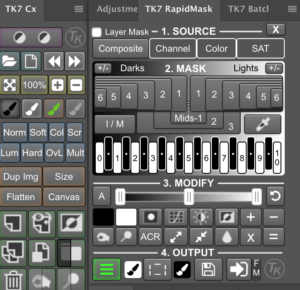
Try a New Application
Many editing applications allow you to download a trial version before you buy….why not do that to break out of a creative rut. Sometimes exploring how other companies approach the topic of photo editing, the logic of how they lay out the functions and how the program treats filters and sliders can sometimes re-invigorate your post-processing mind. At the end of the trial period, you can either buy it or let it expire. There is no harm and you never know what tidbit you might pick up or new way of thinking about photo editing you may be exposed to.
Edit on a Different Platform
By platform, I mean device or Operating System. I am an Apple house and all of my devices are running a version of Apple OS. I won’t say you need to switch camps between PC and Mac, but what found is that editing on different devices can sometimes lead to different and unexpected results. For my international workshops, I grew tired of lugging my heavy laptop around, so I bought an iPad Pro for the trips. I had the usual apps such as Photoshop and Lightroom available on IOS, but I didn’t have some of my other stalwarts such as NIK or TKActions. So, I had to develop a new workflow to process images while on the road. It was challenging and illuminating all at the same time. I’m not sure if anything I learned helped me out of my rut, but I know for sure it caused me to think about processing differently and instead of operating on auto-pilot for processing, it was a “front of mind” activity that really engaged my creative brain.
Even though I don’t aspire to be a “mobile device” type of photographer, we all take pictures with our phones and tablets. On mobile devices, hands down the best photo editing app is Snapseed. It’s very intuitive to use and it is incredibly powerful. I find that when I want to kill some time in an airport or be occupied with something other than the news or games on my phone, I’ll turn to Snapseed and explore it’s multitude of features to edit images. Though it’s only available for mobile devices, some of the techniques I played with have made it in to my digital workflow on my main computer. Again, you just never know where inspiration or ideas may come from!!!
Conclusion
This is all about breaking out from your “usual” thought patterns and how you approach editing an image. Use whatever you can to jar and awaken different parts of your brain so you can snap out of the creative rut and try something new. I’m trying all sorts of different ideas to lessen the feeling that I’m in a rut. Perhaps its just a mental game and how I think about my images, or maybe it’s a skill/knowledge thing for what I do with my images. I’m just not sure yet, but I’m not done exploring this idea. What other ideas have you found for breaking out of creative ruts? I’d be very curious to hear what your experience has been.
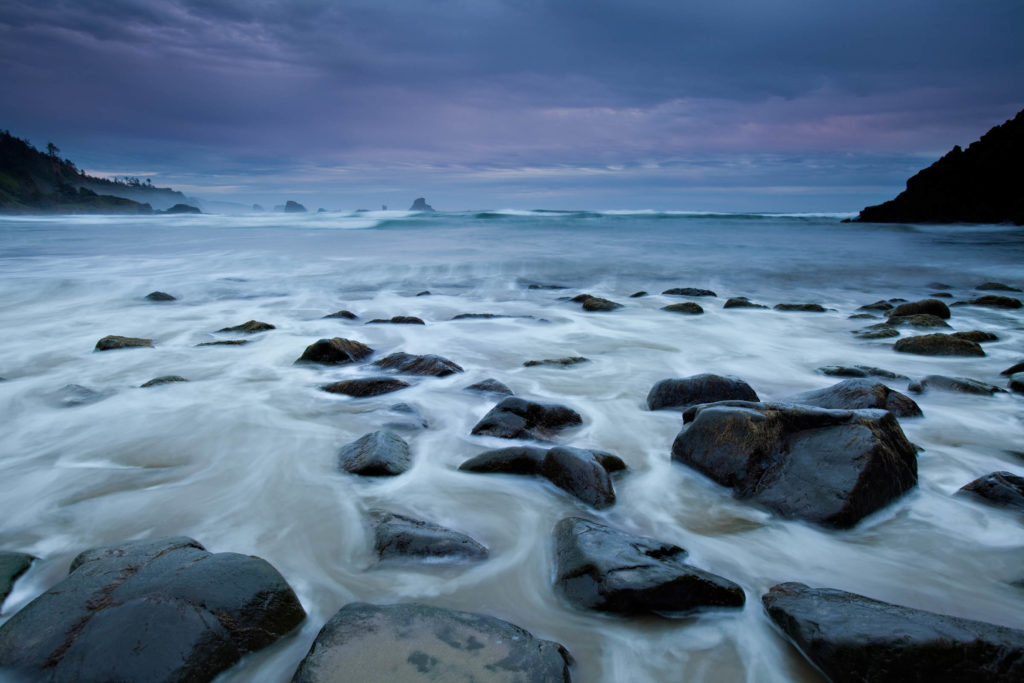

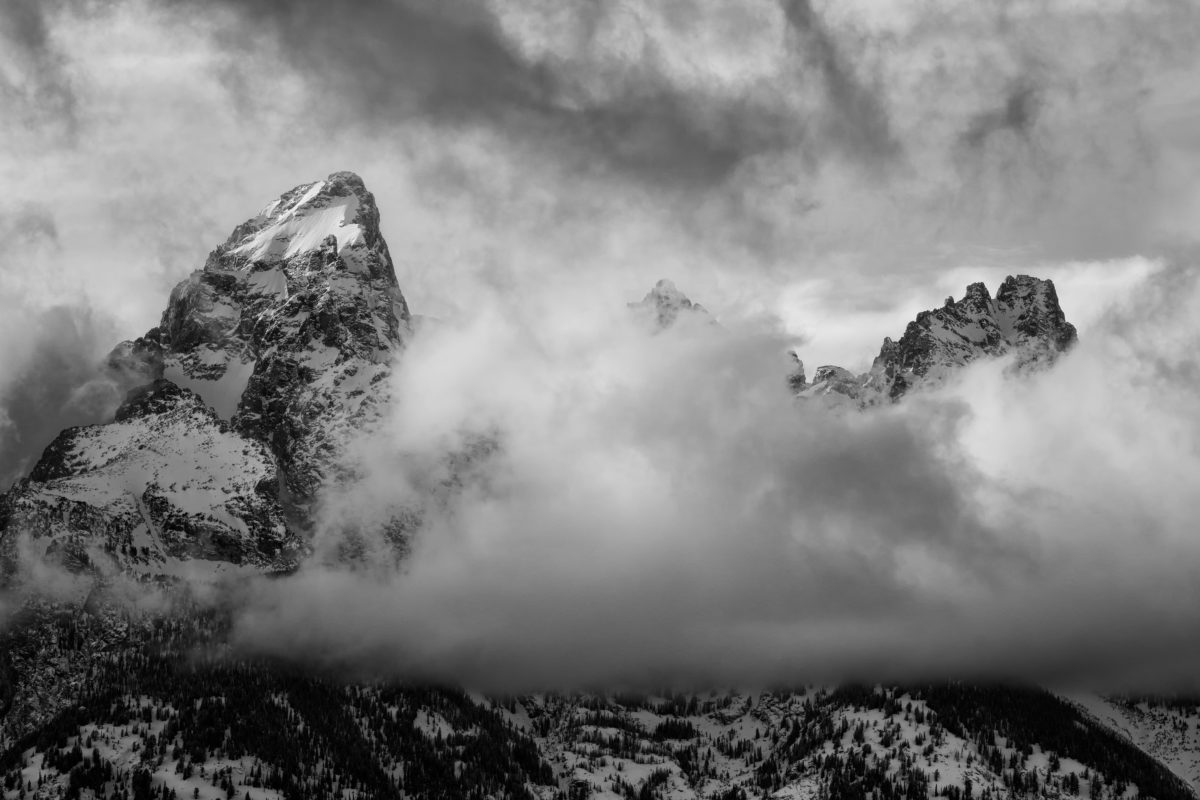
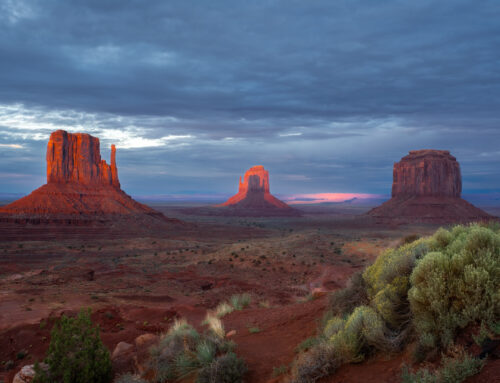
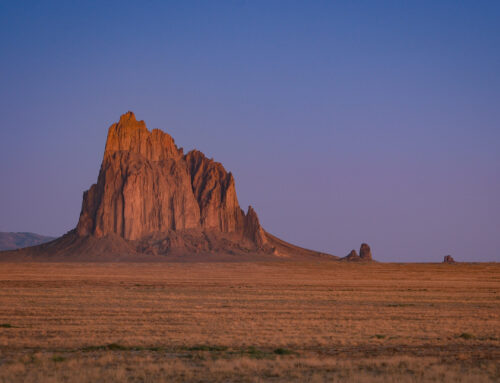
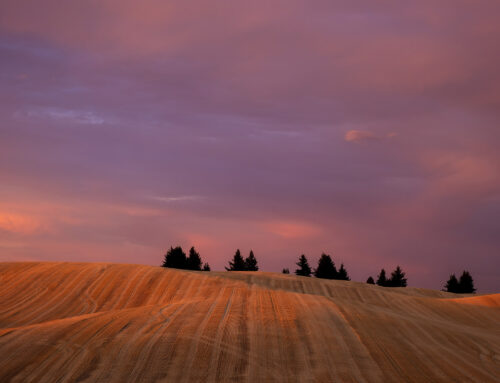
Leave A Comment